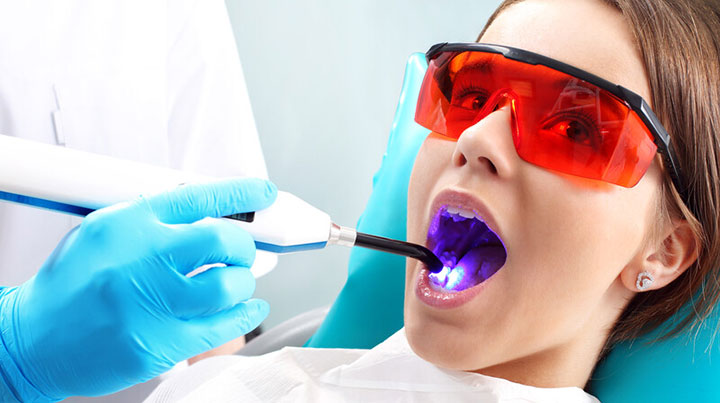If your dental filling has been a little tender lately, you may be starting to wonder if you have a problem on your hands. The answer is usually yes, but it’s a more complicated question than you might think.
There are many different problems that can cause some discomfort in a tooth with a dental filling. Each one needs a different treatment to stop the pain. Let’s look at a few of the potential causes of dental filling pain and how we might address each one.
What Is a Dental Filling?
A dental filling is a layer of synthetic material your dentist applies to your tooth to fill in the parts where its natural structure has been removed after damage from decay or an injury. They come in two varieties: amalgam (metal) and composite (tooth-coloured resin).
What’s Causing Your Filling Pain?
There are a few potential culprits for dental filling pain.
- You have some secondary decay. If your dentist accidentally leaves a little bit of decay under your filling, it could grow and become severe enough to cause pain. Fillings can also develop decay along their margins. This causes pain when the tooth is exposed to hot, cold, or sweet food and drink.
- The filling is too high. If your dental filling interferes with your bite, the force of your jaws may be enough to cause painful pressure on the filled tooth.
- The tooth is cracked. Filled teeth are more vulnerable to structural damage than whole ones. If you feel pain in your filled tooth when releasing after you bite down, the filling might be hiding a crack.
- You have infected or inflamed pulp. The innermost layer of your tooth (the pulp) is extremely sensitive, and a tooth with a filling in it has less protecting its pulp than an untouched tooth does. If that pulp gets damaged, you’ll be in a lot of pain.
- You’re experiencing normal sensitivity. Some people are extra-sensitive in their filled teeth. This is especially likely if the filling is new. You might feel a little discomfort when eating or drinking anything hot, cold, or sweet, but the sensation should fade quickly.
How Can We Fix It?
Once we’ve figured out what’s causing your filling pain, we can take the appropriate steps to fix it.
- If your filling is too high, your dentist can file it down a little to make it more comfortable. If the problem is severe, they might want to re-do the filling altogether.
- If you’ve got secondary decay in your tooth, you’ll need a new filling. Depending on how large the new filling would be, your dentist may recommend a crown instead. Crowns are also recommended when a tooth is cracked.
- If your tooth’s pulp is inflamed or infected, you’ll need a root canal to clean out the damaged pulp. After this, you’ll need a crown on that tooth.
- If your dentist examines your tooth and tells you that nothing is wrong, you may be able to manage the problem using a special toothpaste for sensitive teeth.
Do not try to manage pain from a dental filling on your own. It’s impossible for you to be sure of what’s causing it. If you have extensive tooth decay or an infection in the pulp, you could develop life-threatening complications without treatment.
Say Goodbye to Your Dental Filling Pain Today
Dental fillings shouldn’t hurt, and pain from one or more of the fillings in your mouth could point to a serious problem. To be safe, book an appointment with our staff at Coscarella Dentistry to get your fillings checked out. We’ll examine your fillings for potential problems and make sure you leave our office with a treatment plan that restores your quality of life.



